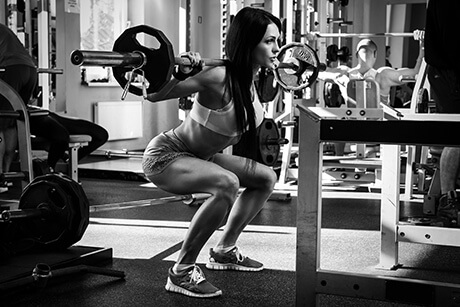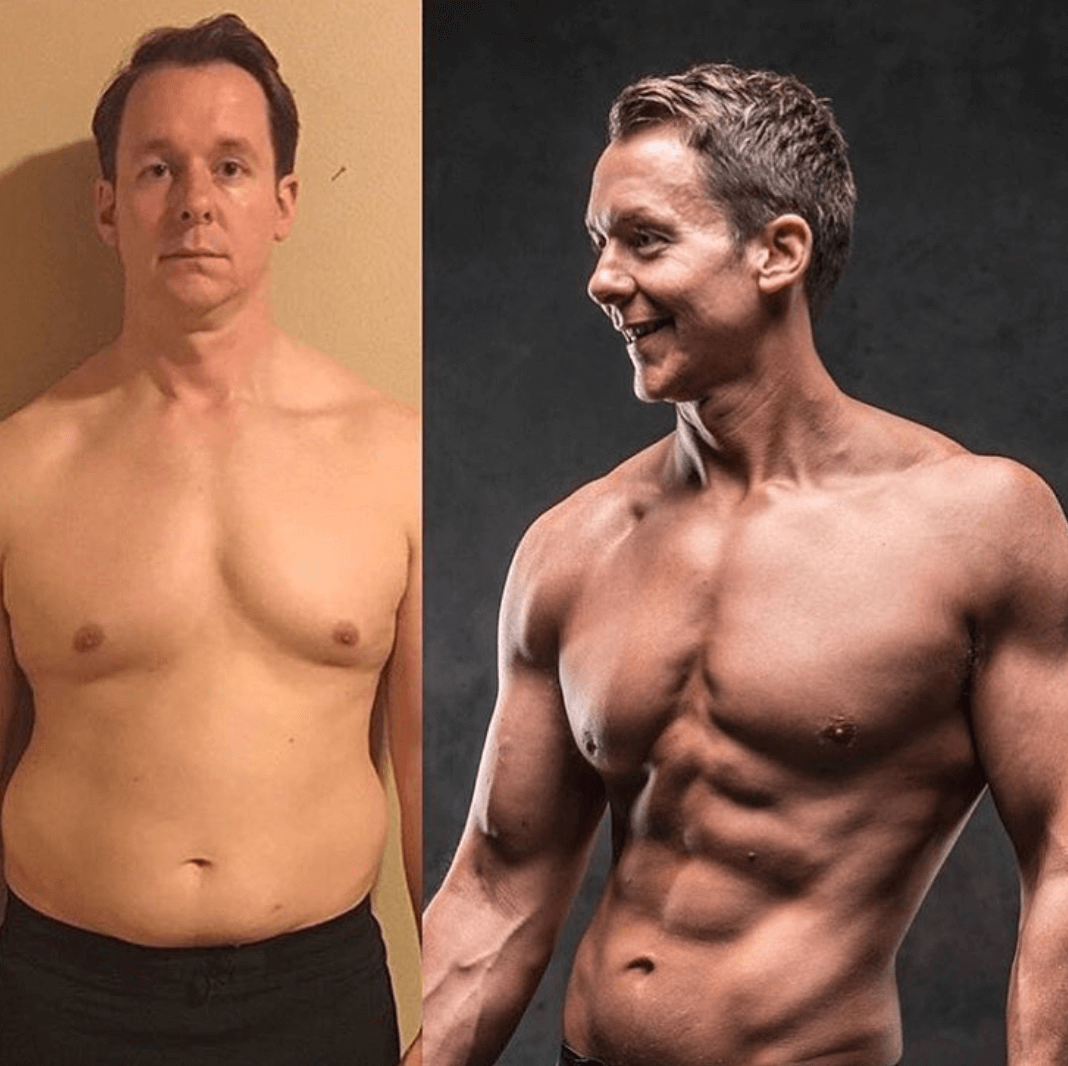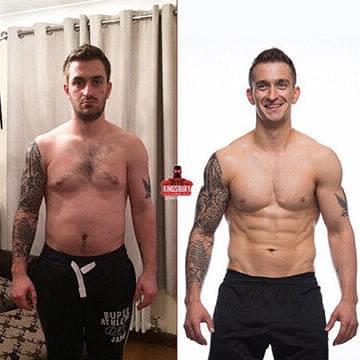In my opinion, there are far too many articles focussed too heavily on the male side of exercise and fitness. I pride myself on working just as hard on improving the health of my female clients as I do with the men. I work hard to ensure #TeamKingsbury is very much an equal opportunities movement.
I spend most of my days writing personalised training plans and drinking coffee, especially if I’m not training some of the world’s best known actors and actresses. If I am, then I’m doing that (and also drinking coffee). I love coffee.
It would make my job so much easier if I could simply give everyone the same schedule with the same nutritional plan and the same range of exercises. It would perfect, but who wants an easy life?

Take squats for example. I don’t add them to everyone’s plan because they simply aren’t for everyone. People have different goals, different abilities, different physical histories and different biomechanics. It’s for this reason that the same exercise, like squats, no matter how beneficial they might be for one person, don’t appear on everyone’s plan. Not everyone has to squat.
Personally I love a good squat as they’re a very useful tool for me, but there are plenty of alternatives that work just as well, some arguably better, if squats aren’t suitable for you.
When it comes to women, squats are often disregarded (along with many other lower body exercises) because they believe their quads will grow disproportionately, when actually what they want to work on are their glutes.
The thing is, many of the ‘great’ glute exercises are also the best quad exercises. In women, a simple bodyweight squat typically activates 70% MVC (maximum voluntary contraction) for the quads, but only 20% MVC for the glutes. This is why most women feel the burn from squats only in their quads.
So, if women don’t want ‘big’ legs, should they forget about squats entirely? I would say a definitive “No!”. Providing there are no orthopaedic medical conditions that would stop you doing them, squats can be a cornerstone in the foundation of your strength training.
I think the main cause for the unhealthy connection between squats and ‘big legs’ is the internet. Most websites that promote squats (and believe me, they exist) highlight photos of people with often huge quads, especially on women. Obviously squats help this, but they do so much more. It’s not as simple as ‘squats = big quads’. It’s much more to do with the movement, intensity and technique of the squat that will determine its success and where it targets.
If you’re looking to work your gluteus maximus, rather than your quadricep femoris, here’s what I’d recommend. Like any muscle in your body, to get it how you want it takes time and effort. Nothing happens by magic or wishful thinking. If you want a bum to be proud of, you need to put the work in, but it also doesn’t happen in isolation. By creating a well-rounded training regime, you’ll also get a well-rounded…well, you know!
It sounds obvious, but you’ll need to include exercises that heavily work (rather than specifically target) the glutes from multiple angles. Exercises like leg extensions, machine leg curls, leg presses or hack squats go straight to the quads, rather than the glutes, so forget about those.
Instead go for a combination of inferior (i.e. below the hip joint), superior (above the hip joint) and some specific glute isolation movements. I would suggest a selection of these:
Inferior
Squats (obviously).
Split squats.
Step-ups.
Kettlebell swings.
Hip thrusts.
Glute Bridge.
Superior
Deadlift.
Good Mornings.
Back extension.
Romanian deadlift.
Stiff-legged deadlifts.
Glute Isolation Movements
Cable kickbacks.
Cable pull-through.
To get the most from your workouts, pick one or two from each of the three sections above (not all of them) so you get a balanced workout without overworking your lower back or your quads.
Whilst I obviously don’t want you to hurt yourself or over-stretch your own limits, it’s important to push yourself as hard as you can. You really need to feel the burn in your glutes at the end of your workout. Your bum should be on fire at the end, although not literally!
Remember that your muscles don’t know how much you’re lifting. They don’t understand the concept of weight. Muscles respond to metabolic stress, mechanical tension and muscle damage in tandem with cyclical repair so they come back stronger. It’s not about how much you lift, it’s about your much weight you can move with your glutes.
When you start to feel comfortable, increase the weight or the time you spend exercising. You have to keep pushing on to get where you want to go. Remember nothing happens by magic.
I hope I’ve made you think (or even rethink) your opinion on squats, especially when it comes to women. If you need any help, you know where I am. Probably with a coffee in my hand.










